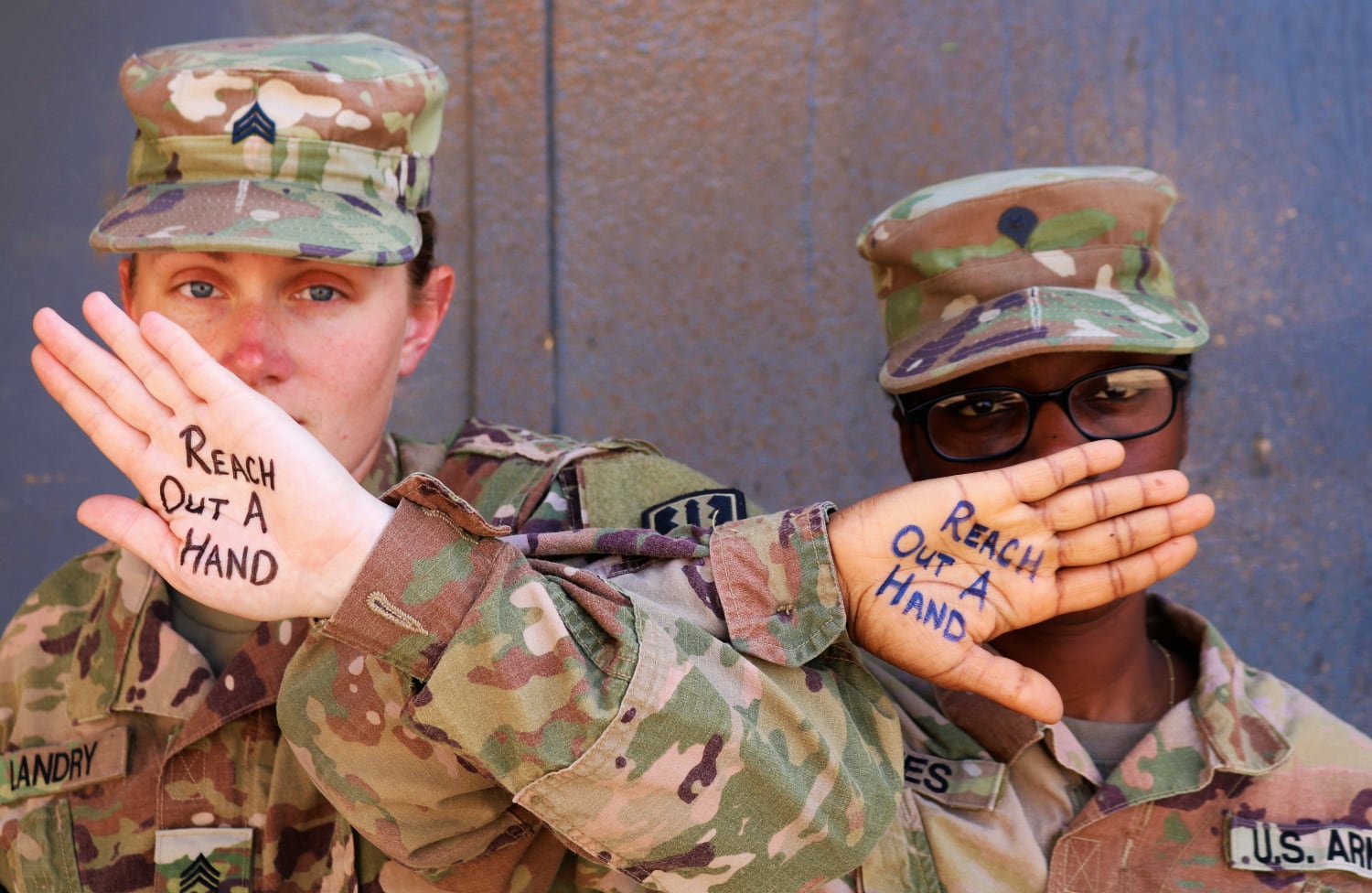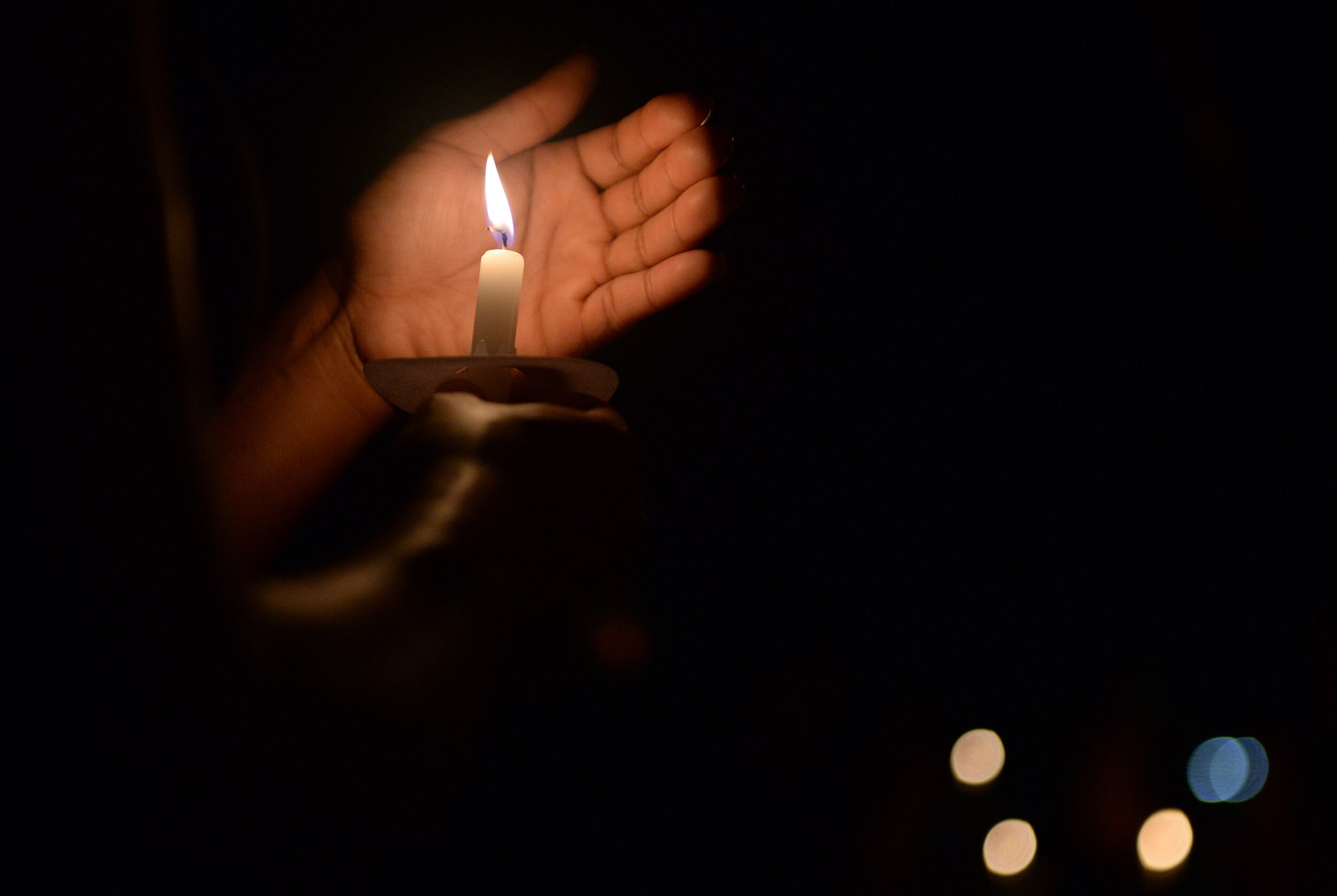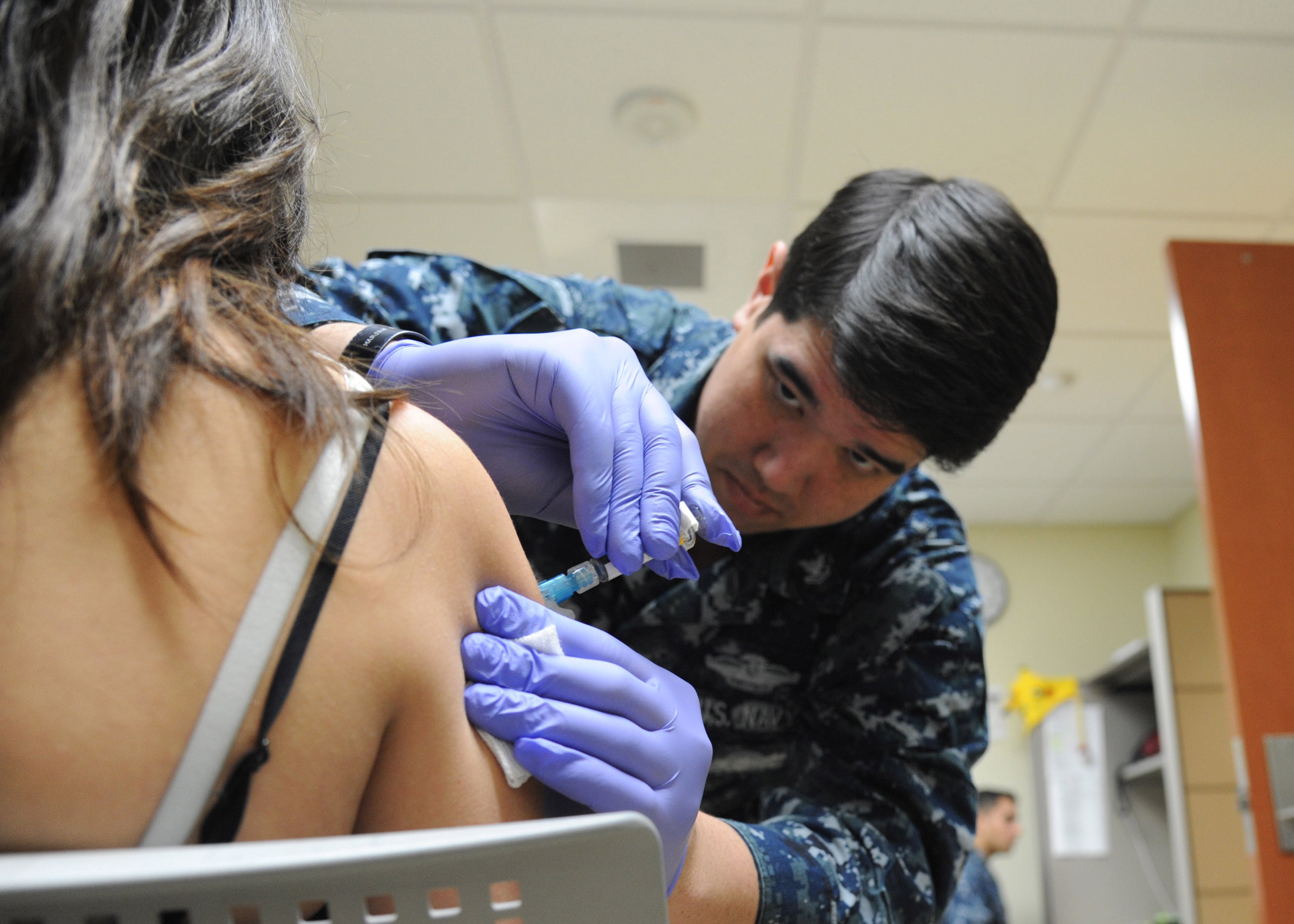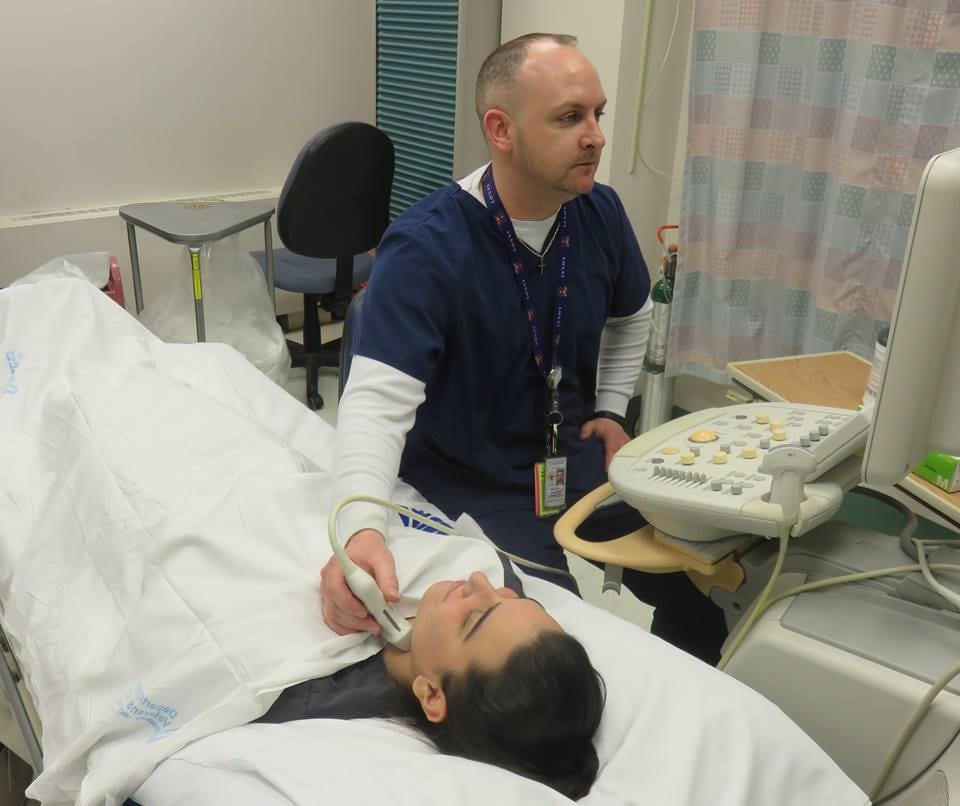The unfortunate reality with having a tie with the United States military is the increased likelihood to have a tie with suicide. Service member and veteran suicide rates are nearly 50 percent higher than their civilian counterparts. Suicide has become the leading cause of death of service members and the rate at which members are committing suicide is drastically increasing. The Defense Suicide Prevention Office was established to investigate the rates and causes of suicide in the military and observed that the suicide rate has been on a steady incline. Suicide in the United States military has a massive impact on all parties involved and something desperately needs to be done to stop the rising numbers.
In the calendar year 2013, the number of suicides from active components of the Defense Department totaled 256 members. The calendar year 2019 totaled to 348, and as we await the report for quarter four of CY 2020, the total already amounts to 280 members. The increase is also present among the Reserve component (134 at the close of quarter three) and the National Guard (78 at the close of quarter three) (Orvis, 2020). As we can see this is a rising issue that deserves attention until the tides are turned on these catastrophic events.
Being in the military brings with it a stigma that service members are warriors, that they are the strongest members on the battlefield, that showing any sign of weakness degrades themselves, the unit, and the military as a whole. The fear service members face while speaking honestly about mental health issues is a leading role in the cause of the rising suicide rate. “These different contexts help explain the cause of mental health stigma. Fearing institutional repercussions, adopting the public’s prejudice toward mentally ill people, and feeling ashamed of how friends and family may perceive your issues combine to create an individual’s stigma from within.” (Hooper, 2020, para. 9). Hooper goes on to explain different stressors that every service member feels such as long separations from family, loss of freedom and control over one’s life, and mass amounts of uncertainty and anxiety. These are the stressors that affect everyone and when adding in additional stressor like under manning, relationship hardships, financial hardships, deployments, and administrative/legal issues create an environment in dire need of mental health reform.
RELATED

While tackling this complex issue seems impossible, there are a couple of methods that are gaining traction in getting help to people in crisis. One initiative that is currently being pushed is the Brandon Act, named after Brandon Caserta, who unfortunately took his life due to compounding stressors in the military. Brandon, like many others, felt the hopelessness of the mental health crisis in the United States military and the limited access to mental health and fear of reprisals ultimately lead him to take his life. The Brandon Act would create an established phrase that would trigger a referral for a mental health evaluation, ensuring the protection and confidentiality for the members making the restricted report. Acceptance of this would bring a quick and effective form of relief for many service members. This bill was introduced by Seth Moulton, who also laid the groundwork for the National Suicide Prevention and Mental Health Hotline to be given a three-digit number, 988. Allowing members the ability to seek out mental health evaluations safely and securely is an extremely vital means to get the help they need in a timely manner.
Another possible solution for this issue is the employment of Crisis Response Plans for members who are deemed at risk. “The CRP is created collaboratively between a suicidal individual and a trained individual and is typically handwritten on an index card for easy, convenient access during times of need” (Bryan, 2017, para. 1). The development of this technique was designed to be a quick and effective means for individuals to cope with intense levels of distress by creating a checklist of procedures to follow. Dr. Bryan conducted a random clinical trial to test the effectiveness of CRP and found that service members were 76 percent less likely to attempt suicide during the study with the help of their personalized crisis response plan. Dr. Bryan also noted that very few of the members of his study would need additional treatment to prevent a single suicide attempt throughout the six-month study. (Bryan, 2020). The use of CRP could be a highly effective means to develop a plan of action for individuals.
Suicide and mental health in the United States military is something that need to be talked about, studied, and resolved. The approval of the Brandon Act allowing service members to ask for help safely and discreetly, as well as the implementation of CRP are just two of many possible resolutions to this crisis. One person lost is a problem, 280 members within three quarters of a year is a crisis.
Something needs to be done and it needs to be done now.
Brandon Alward joined the Navy in early 2013 and is currently stationed at in Whidbey Island, Washington.
Editor’s note: This is an Op-Ed and as such, the opinions expressed are those of the author. If you would like to respond, or have an editorial of your own you would like to submit, please contact Military Times managing editor Howard Altman, haltman@militarytimes.com.





